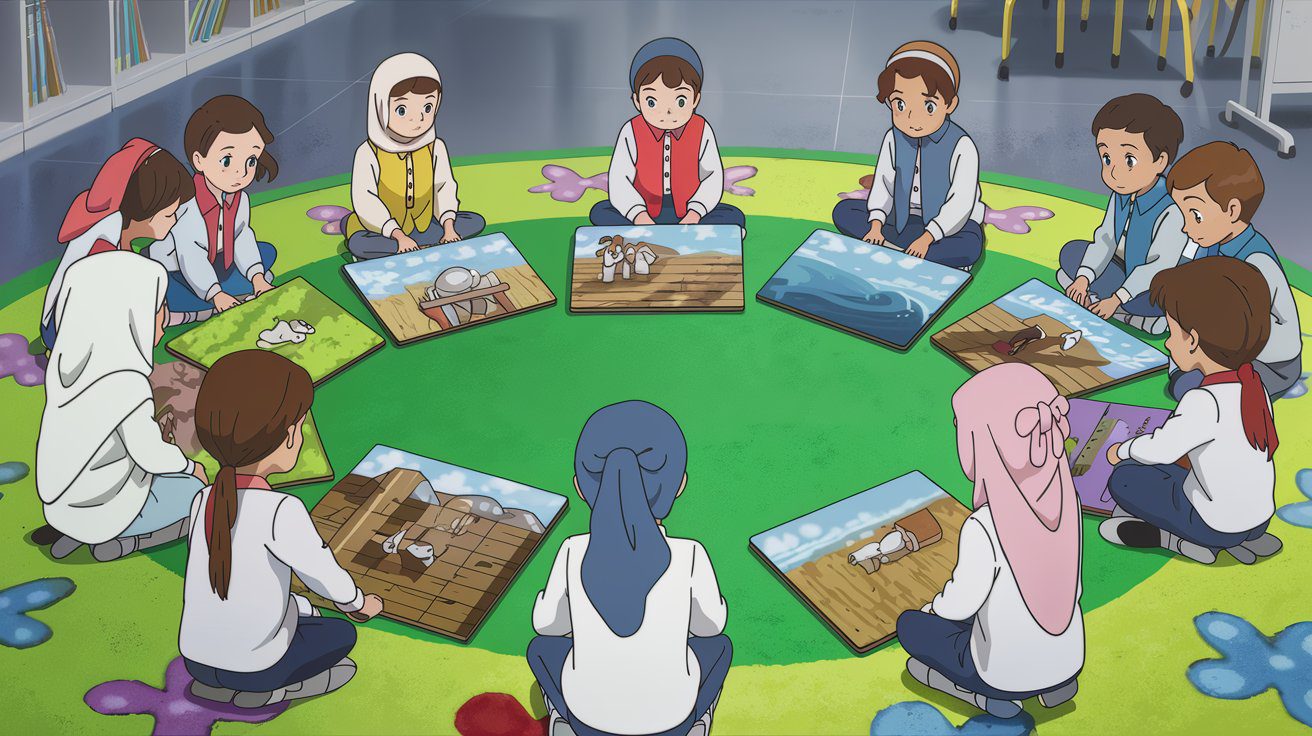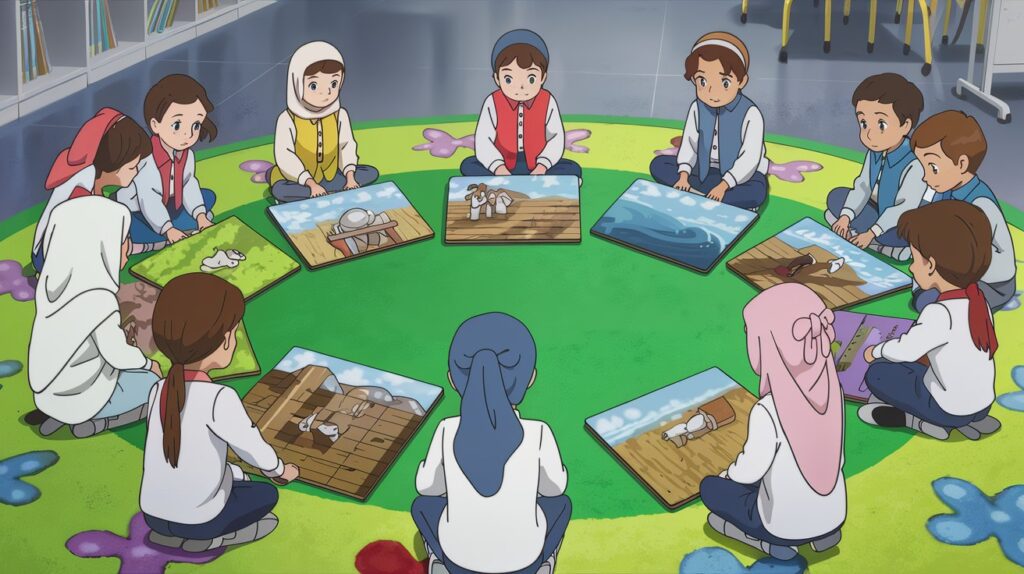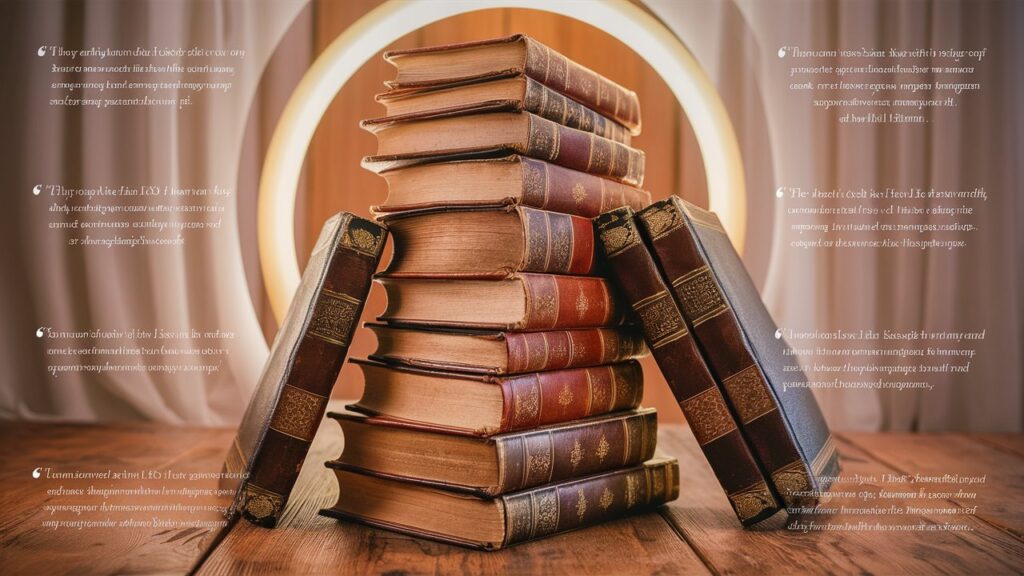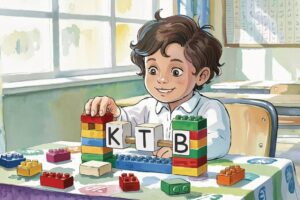
Prophet Nuh puzzle: Help Kids Remember Prophet Stories
✨ Introduction: How a Simple Puzzle Tells a Big Story
What if your child could remember the story of Prophet Nuh (AS) not just by hearing it—but by building it piece by piece?
Puzzle games do more than entertain. When used correctly, they activate powerful memory pathways, and that’s exactly why our Prophet Nuh Puzzle Game has become a classroom favorite at Roots Muslim School.
In this post, we’ll explore how puzzles help children retain Islamic stories, especially complex narratives like the story of Nuh’s Ark, by engaging both the brain and the heart.

🧠 Brain Science: Why Puzzles Stick
According to child development research, puzzles strengthen visual-spatial reasoning, working memory, and logical sequencing. But when we use Islamic content, it does even more—it imprints stories from the Qur’an and Sunnah onto long-term memory.
🔹 Visual memory is activated when kids see distinct images of Nuh building the ark, the animals boarding, and the rain falling.
🔹 Cognitive sequencing is used when they must place events in the right order, like “Nuh calling his people” → “Building the Ark” → “The Great Flood.”
🔹 Problem-solving strengthens mental focus, creating deeper attention to details in the story.
When learning feels like a puzzle, the brain doesn’t forget—it remembers through play.
🧒🏽 Islamic Education Meets Interactive Learning
At Roots Muslim School, our focus is not just teaching what happened, but helping students feel connected to the stories of the prophets. The Prophet Nuh Puzzle Game is a perfect example of this.
We’ve observed that:
- 💡 Visual learners absorb more when they see the Prophet’s journey unfold across illustrated scenes.
- ✋ Kinesthetic learners engage more deeply when they physically handle the story parts—especially in a hands-on classroom or homeschool setting.
And the best part? After completing the puzzle, students retell the story from memory—often adding their own reflections!
🧩 Real Classroom Results: The Story Comes to Life
In our 7–10 year-old class, we introduced the puzzle as part of our Seerah week. Here’s what happened:
- Students first listened to a short storytelling session about Prophet Nuh (AS).
- Then they received a scrambled version of the puzzle to solve as a team.
- Finally, they were asked to retell the story, using their puzzle as a timeline.
One student said:
“I remember that Allah told Nuh to build the boat even though there was no rain. The puzzle showed him with wood and animals walking—so I never forget that part now!”
This kind of interactive reinforcement builds a love for learning and a deeper emotional connection to the Qur’an.
🎯 What Parents and Teachers Can Do Next
Want to boost your child’s connection to Prophet stories?
Try this simple structure at home:
✅ Step 1: Read the story aloud from a child-friendly source or Qur’an summary.
✅ Step 2: Use the Prophet Nuh puzzle to re-create the events visually.
✅ Step 3: Ask your child to narrate the story back to you, using the puzzle as a guide.
Add reflection prompts like:
- “Why did the people laugh at Nuh?”
- “What would you have done if you were alive then?”
- “Why did Allah save the believers?”
This is Islamic education that sticks.

📚 Final Thoughts: It’s More Than a Puzzle
The Prophet Nuh puzzle isn’t just a fun activity—it’s a tool for building faith, focus, and fondness for the Qur’an. When kids interact with prophetic stories in this way, the lessons stay with them for life.
Want more games like this for your child’s Islamic journey?
👉 Explore our full Islamic Story Games collection at [Roots Muslim School website]!
🔖 Tags & Hashtags
#ProphetNuhPuzzle #IslamicEducationGames #RootsMuslimSchool #LearningProphetStories #SeerahForKids #IslamicLearningForChildren #MuslimHomeschool



